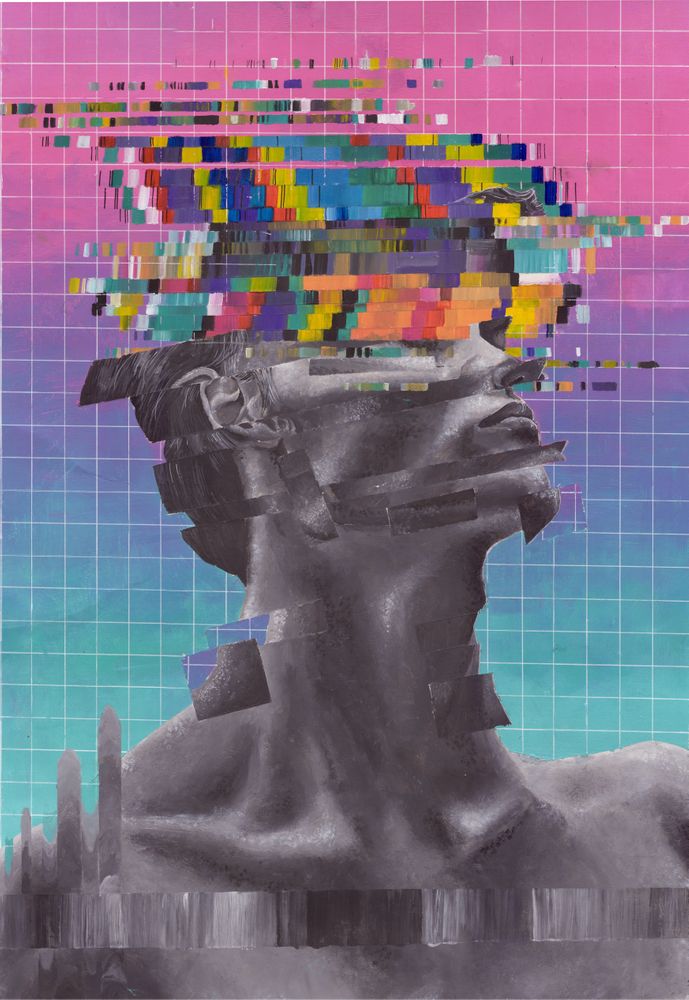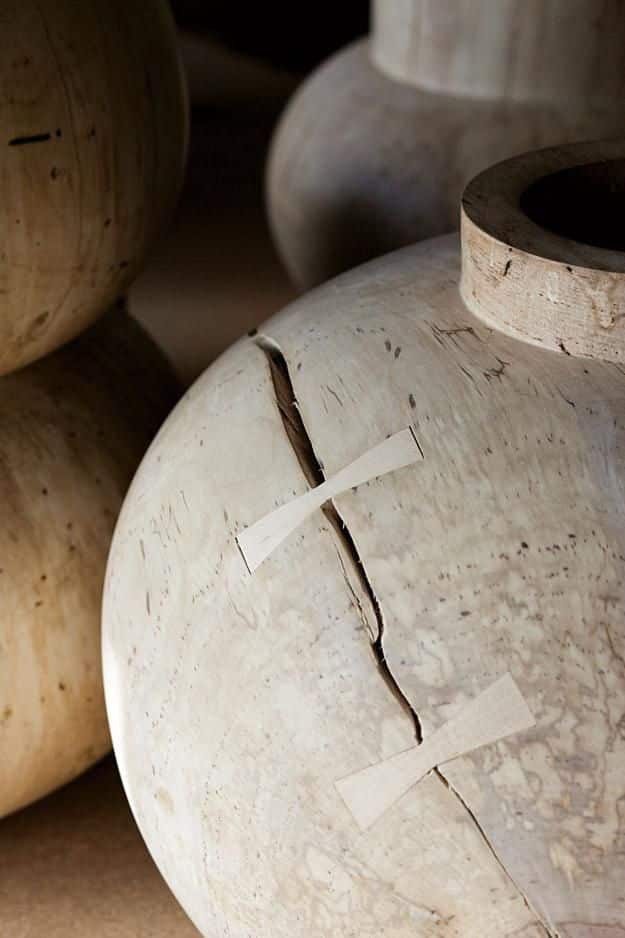In a world that increasingly prioritizes sleek, flawless aesthetics, glitch art has emerged as a bold and rebellious art form that celebrates imperfection. By embracing digital errors and distortions, glitch art challenges conventional ideas of beauty and forces us to reconsider how we view flaws in both art and technology. Through this creative expression, artists are flipping the narrative, showing that mistakes can lead to unexpected beauty and deeper meaning.
What Is Glitch Art?
Glitch art involves the intentional creation or manipulation of digital errors, such as pixels, corrupted files, or software bugs, to produce unique and often stunning visuals. These “glitches” are typically seen as mistakes in the digital world, but in glitch art, they are celebrated as the centerpiece of the creative process. Artists use a variety of techniques—such as data bending, pixel sorting, and compression artifacts—to transform what would otherwise be considered digital “failures” into visual masterpieces.
The key to glitch art’s appeal lies in its unpredictability. Unlike traditional forms of art where the artist has complete control over the outcome, glitch art allows for spontaneity and chance to guide the final result. This deliberate embrace of imperfection is a stark contrast to the polished and precise digital art forms we are used to seeing.
The Beauty of Imperfection in Glitch Art
The beauty of imperfection is not a new concept in art, but glitch art brings it to the digital forefront. Much like the philosophy of wabi-sabi, which finds beauty in imperfection and transience, glitch art reflects the unpredictability and fragility of our digital systems. It reminds us that technology, for all its advancements, is still prone to errors—and that these errors can be just as fascinating as the flawless images we often expect.
In glitch art, imperfection is a tool for creativity. Artists deliberately introduce errors into their digital works to create visual distortions, revealing a raw, unfiltered aesthetic that challenges the norms of digital perfection. This shift from seeking perfection to embracing flaws taps into a broader cultural movement that values authenticity over artificiality. Whether it’s pixelated images, distorted sound, or fragmented visuals, glitch art transforms the “broken” into something captivating and thought-provoking.
How is Glitch Art Redefining Creativity?
As technology becomes more integrated into our daily lives, glitch art serves as a powerful commentary on the intersection of creativity and digital culture. It pushes back against the notion that technology must always work perfectly, encouraging us to find beauty in the unexpected. The rise of glitch art coincides with a broader cultural movement that seeks to reclaim control over technology, reminding us that, despite its sophistication, technology is still inherently imperfect.
Glitch art changes the narrative by using those imperfections as opportunities for new forms of artistic expression. This genre rejects the idea that mistakes are something to be avoided. Instead, it embraces the unpredictability of digital systems, allowing artists to explore the creative potential of what happens when things go wrong. In this way, glitch art is not just about aesthetics—it’s about embracing the flaws in our digital world and finding value in them.
Techniques in Glitch Art
Glitch art relies on a variety of methods to introduce imperfections into digital files. Some of the most common techniques include:
- Data Bending: This technique involves opening image or video files in text editors or audio software, where raw data is manipulated to produce unexpected distortions. The altered data creates visual anomalies that give glitch art its characteristic fragmented and chaotic look.
- Pixel Sorting: In this process, the artist rearranges the pixels of an image based on their brightness or color value. The result is a stretched, distorted visual that highlights the underlying structure of the image.
- Compression Artifacts: By compressing images or videos excessively, artists can create blocky, pixelated visuals that highlight the imperfections in digital compression technologies.
Each of these methods involves a level of unpredictability, allowing the artist to relinquish some control over the final outcome and let the glitches guide the creative process.
Why Glitch Art is Important Today
In a time when digital perfection seems to be the standard, glitch art reminds us that imperfections can be just as valuable as polished outcomes. By flipping the narrative, glitch artists offer a fresh perspective on creativity in the digital age, showing that flaws are not only acceptable but essential for artistic innovation.
Moreover, glitch art speaks to our relationship with technology. As we rely more on digital systems, glitches are inevitable. Instead of seeing them as failures, glitch art teaches us to see them as opportunities for creativity and expression. In this way, glitch art serves as a reflection of our own imperfections, encouraging us to embrace the beauty in the broken and the unexpected.
Conclusion
In a world that increasingly values polished perfection, glitch art stands out as a refreshing and rebellious form of creativity. By embracing errors and imperfections, glitch artists challenge traditional notions of beauty and offer a new way to view both art and technology. The beauty of imperfection is at the heart of glitch art, proving that flaws can be just as captivating—and sometimes even more meaningful—than perfection.
By embracing the glitches in our digital lives, glitch art encourages us to embrace the imperfections in ourselves and our world. It is a powerful reminder that creativity thrives not in control, but in chaos.




